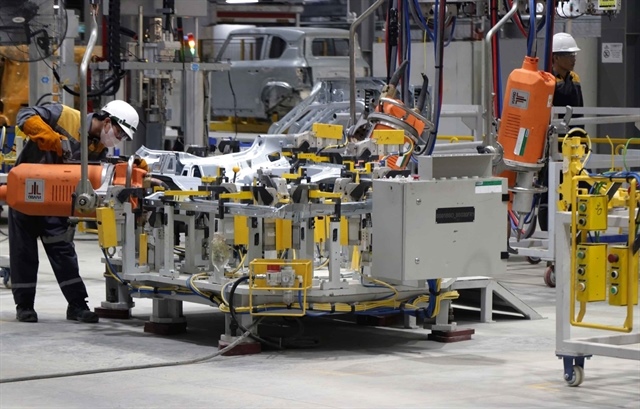North Vietnam: Sufficient land bank for upcoming investments
North Vietnam: Sufficient land bank for upcoming investments
Total stock of industrial land comes mainly from the port city of Haiphong.
Vietnam’s northern region is predicted to become the main supply hub for industrial land in the next five years to capitalize the increasing demand by manufacturers who wish to diversify their investment portfolios outside China, according to JLL, a professional services firm that specializes in real estate and investment management.

Several indicators of industrial land in north Vietnam. Source: JLL
|
Northern cities and provinces have planned to open new industrial parks (IPs) and expand existing ones. Among them, Hung Yen and Hai Duong are the most active localities in new IP developments beside Haiphong and Bac Ninh, the leading industrial land suppliers in the region, JLL said in a recent report.
With large existing land bank, the aforementioned localities are expected to become the main supply sources of industrial land for upcoming investment waves, it added.
Given Vietnam’s potential as one of the most sustainable manufacturing hubs, most IP developers in the northern markets maintained strong bargaining power regardless of Covid-19.
This has lifted land prices to a new peak of US$102 per square meter (sq.m) per lease term in the third quarter this year (Q2/2020), up 7.1% on year. Ready-built factory (RBF) rents also inched up slightly, ranging from US$4.1-5.2 per sq.m per month in Q3/2020, an increase of 2.1% on year.
In terms of momentum, JLL said there will remain great interests in Vietnam as it is considered as new regional industrial powerhouse although Covid-19 may temporarily disrupt investments in the country.
This will support both demand and supply for industrial properties in Vietnam and the north in future.
Moreover, some innovations during the outbreak including virtual applications and online marketing platforms have shown effective and are expected to get more popular. Therefore, those developers who wish to push forward businesses amidst the rough time should consider seriously into such platforms.
The main sources of demand for industrial land remained manufacturers, especially those in high-tech industries. Meanwhile, key tenants for RBF continued to be small- and medium-sized enterprises (SMEs), JLL noted.


























